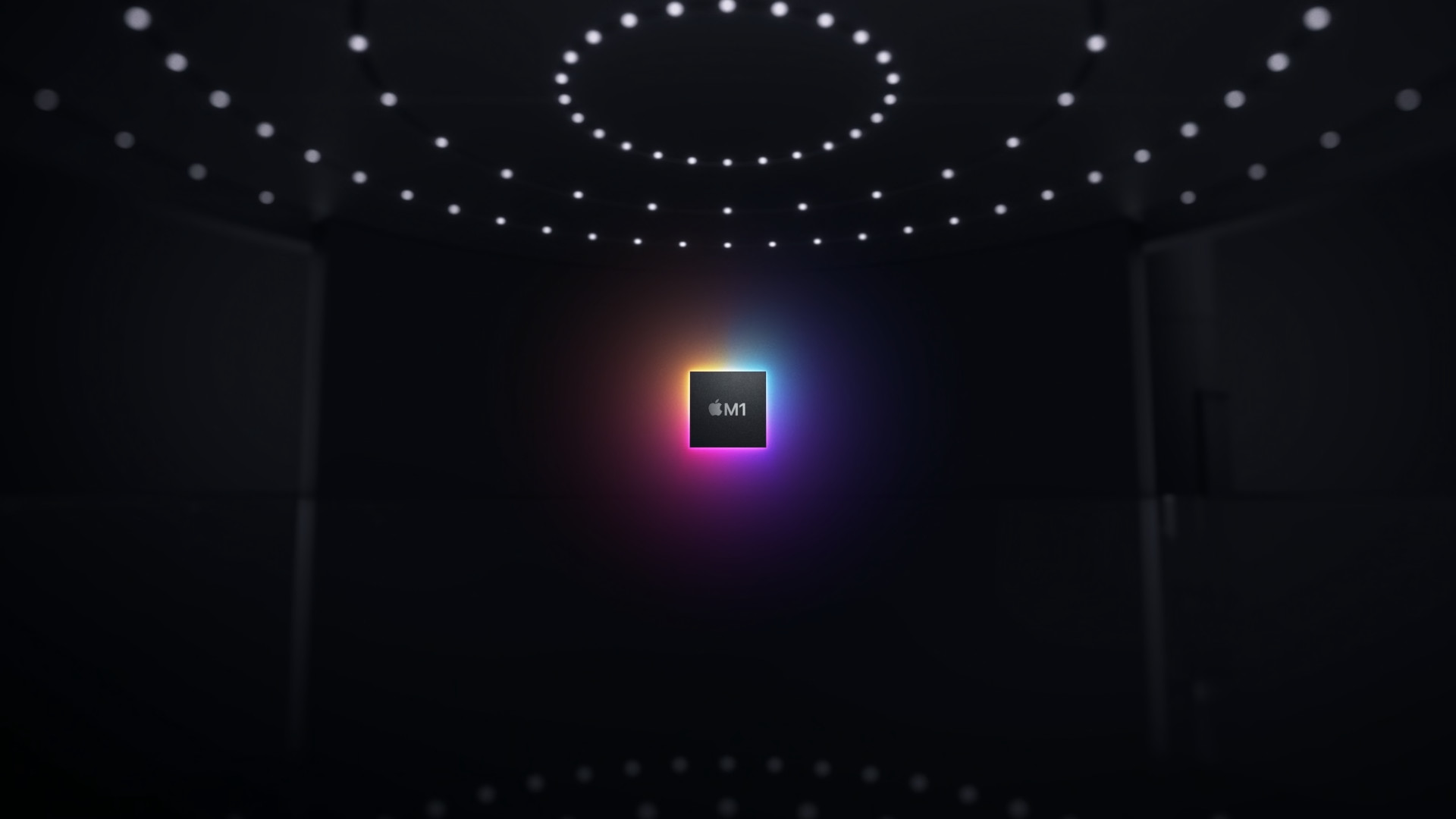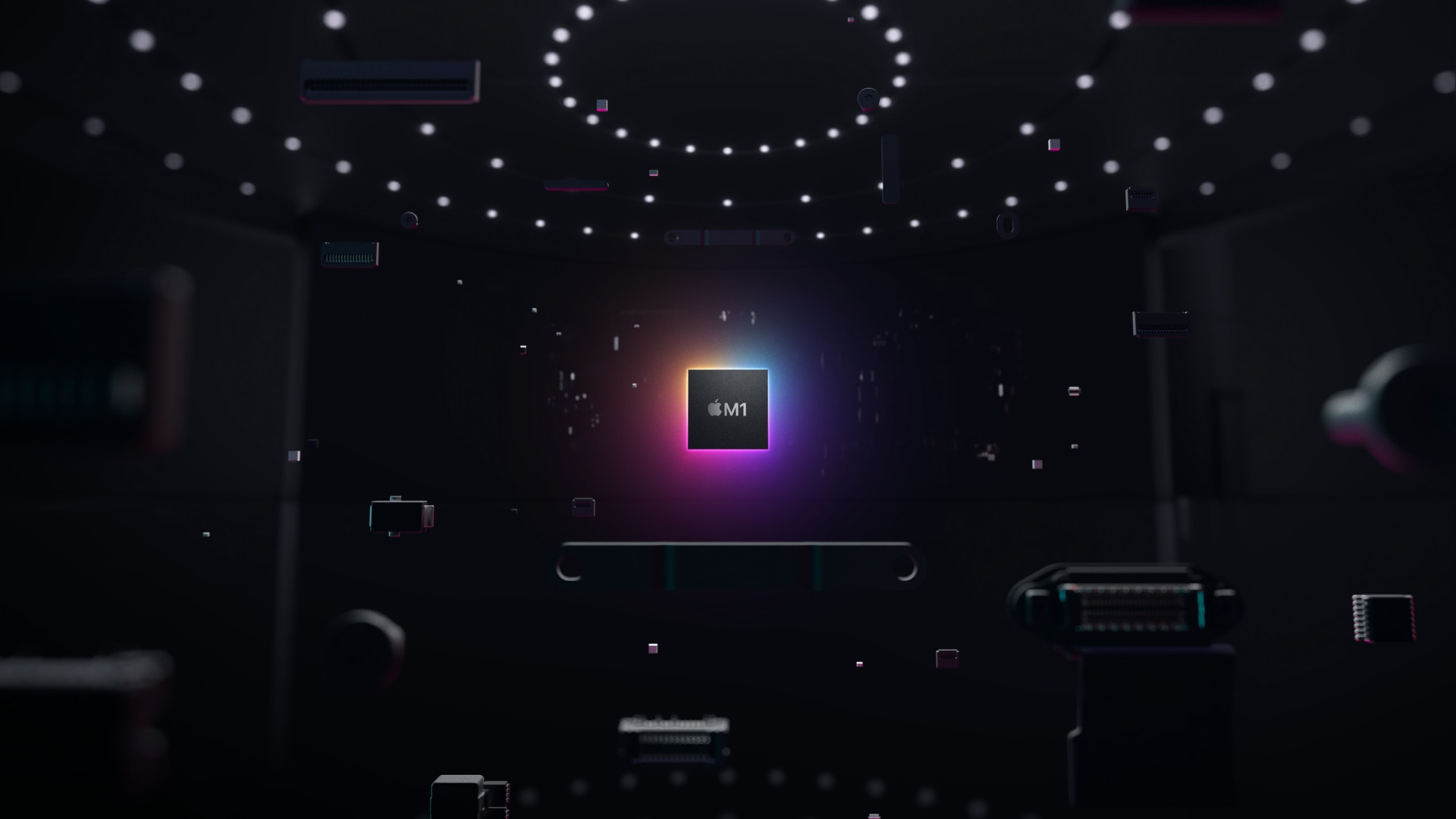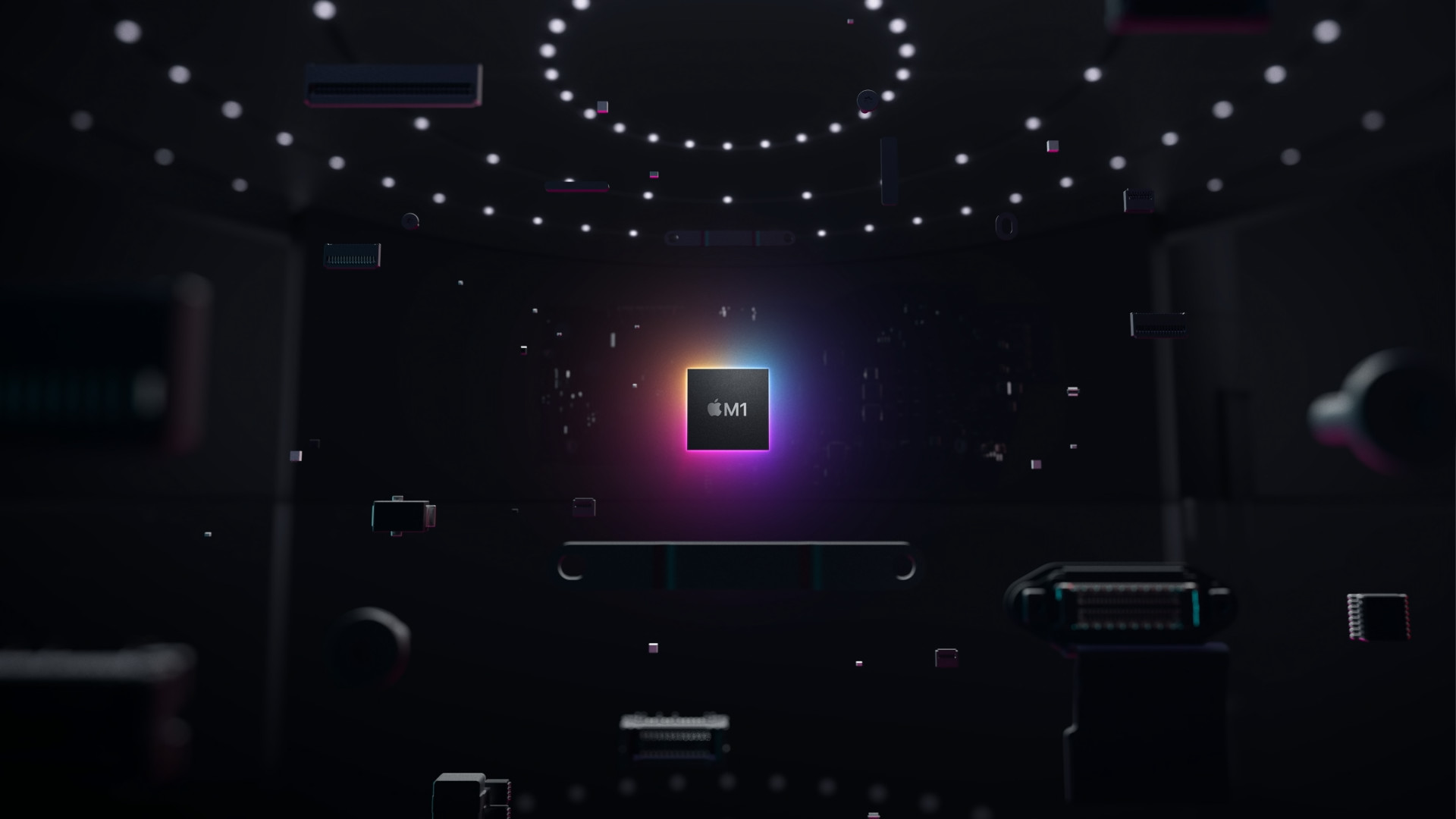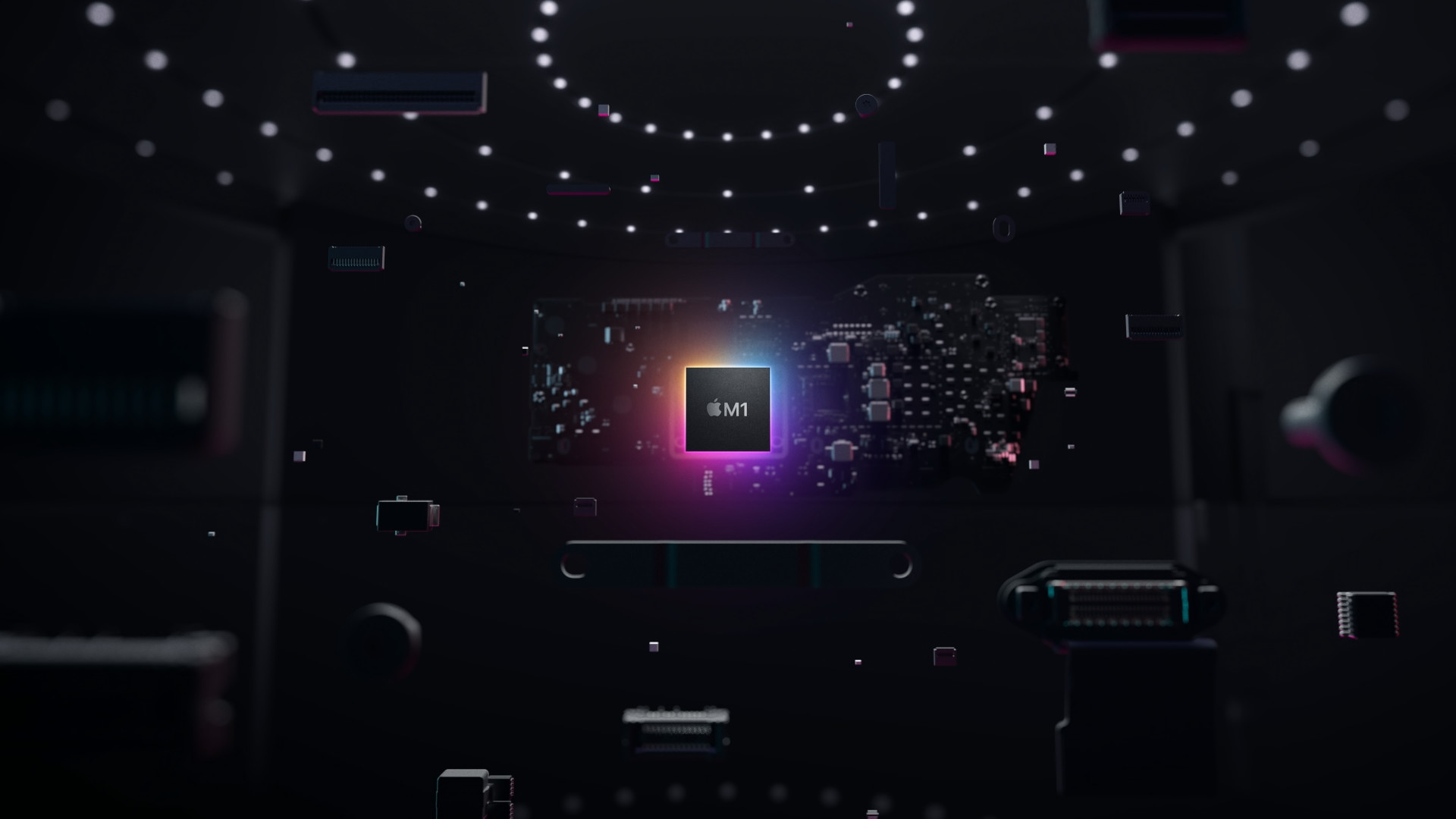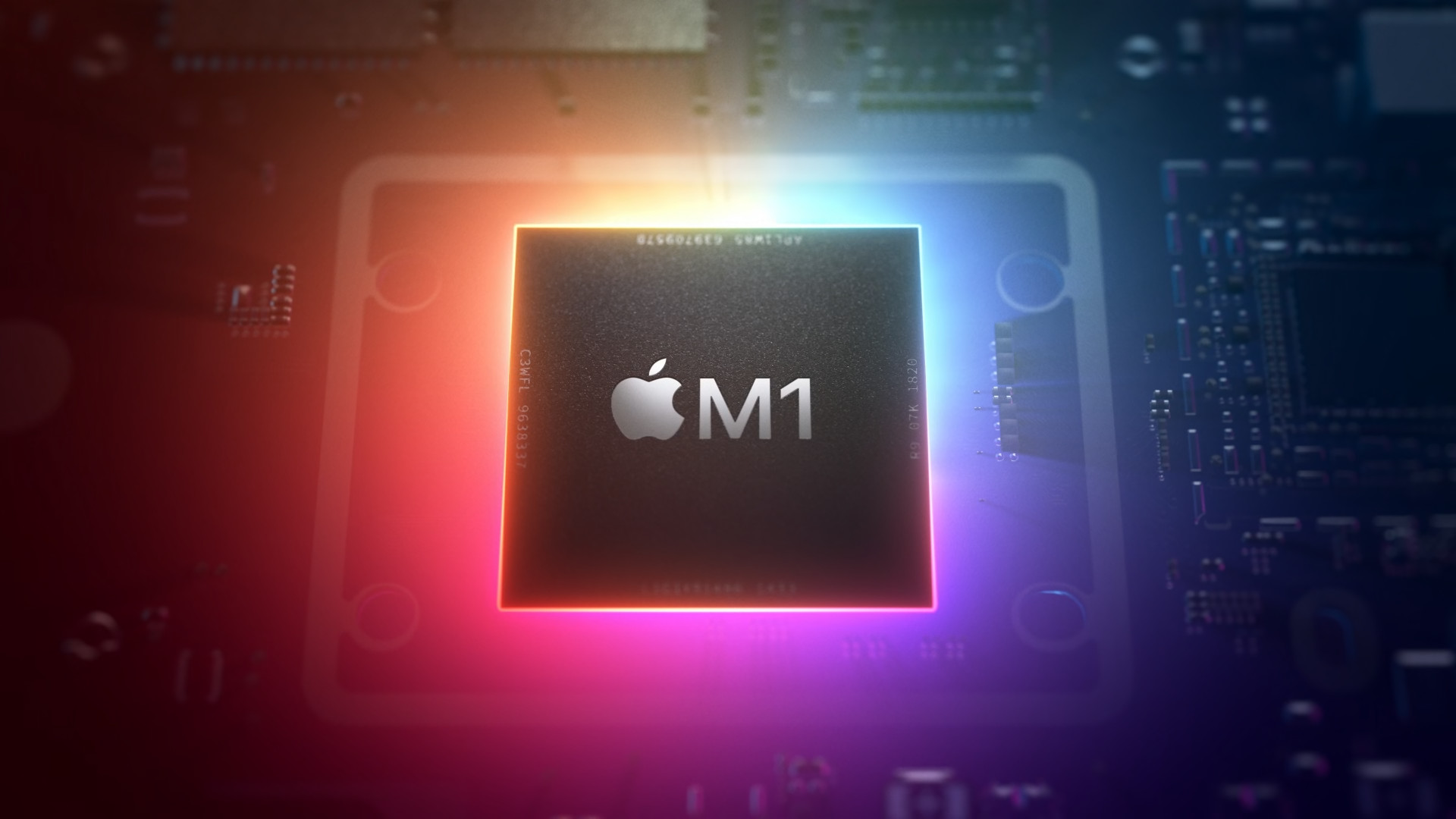In this regular column, every day we look at the most interesting news that revolves around the California company Apple. Here we focus exclusively on the main events and selected (interesting) speculations. So if you are interested in current events and want to be informed about the apple world, definitely spend a few minutes on the following paragraphs.
It could be interest you
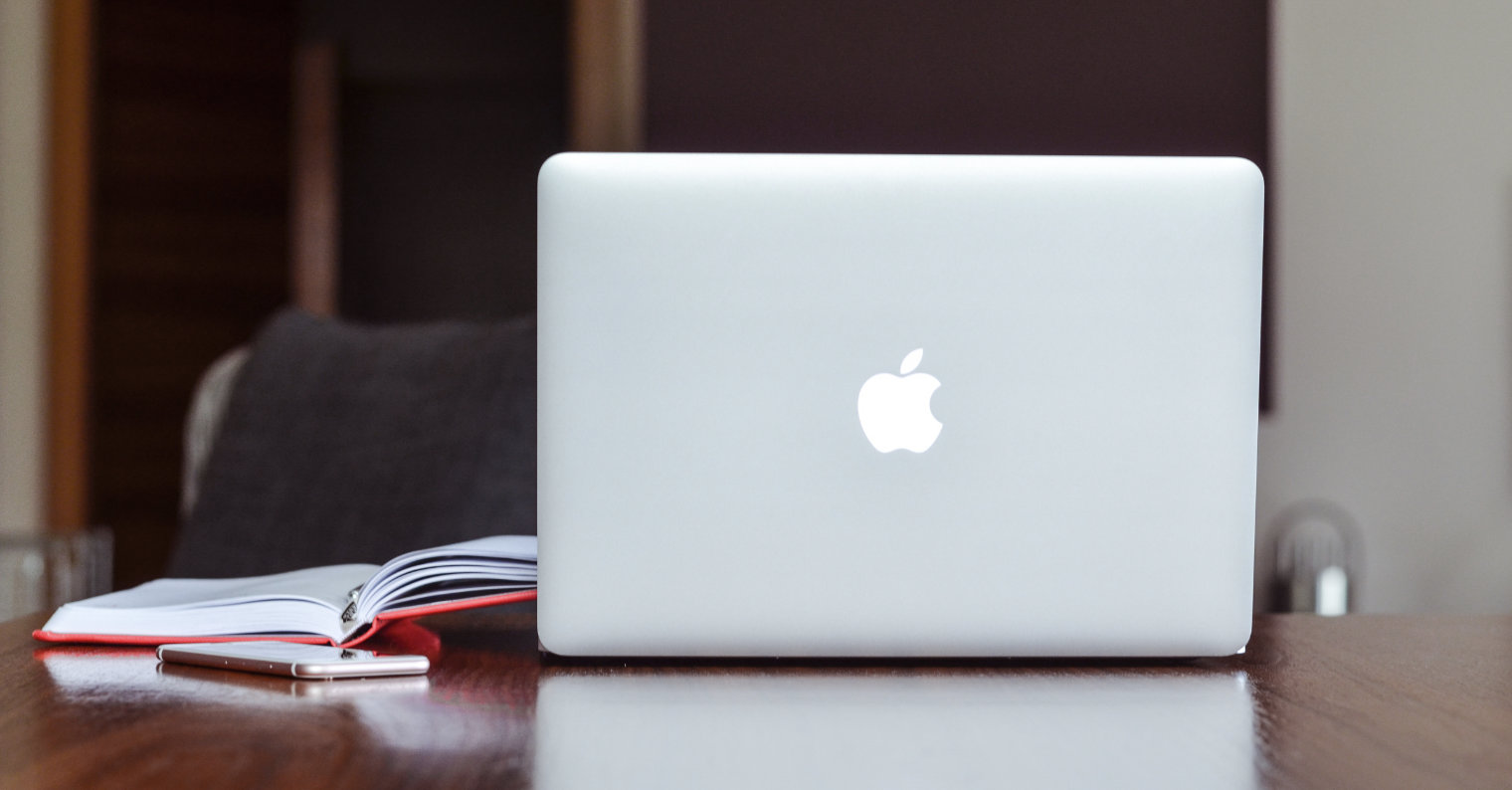
A developer virtualized Windows on a Mac with the M1
When the Californian giant showed us the much-anticipated transition to its own processors, which it called Apple Silicon, at the WWDC 2020 developer conference in June, an avalanche of various comments broke out on the Internet almost immediately. A number of users condemned the move almost immediately. It is necessary to draw attention to the fact that this is a transition to a completely different platform, which is why it is not possible to run older applications on these newer Macs - in short, developers have to prepare them again for Apple Silicon chips.
If we put one and one together, it is clear to us that it is not possible to run the Windows operating system on this new platform, as was the case with older Macs that have a processor from Intel. According to the latest information, this problem should be inhibited by Microsoft itself, but more on that another time. Today, a very interesting novelty appeared on the Internet, which managed to gain attention almost immediately. Programmer Alexander Graf was able to virtualize the ARM version of the Windows operating system on a new Mac with an M1 chip. He achieved this with the help of an open-source virtualizer called QEMU, without any emulation. He then added that the ARM64 version of Windows can handle x86 applications quite well, but this is a worse performance than what Rosetta 2 offers.
Who said Windows wouldn't run well on #AppleSilicon? It's pretty snappy here? #QEMU patches for reference: https://t.co/qLQpZgBIqI pic.twitter.com/G1Usx4TcvL
— Alexander Graf (@_AlexGraf) November 26, 2020
Whether Apple computers equipped with a chip from the Apple Silicon family will ever see support for the Windows operating system is currently unclear. The icon of the apple company, Craig Frederighi, has already commented on this whole situation, according to which only and only Microsoft matters. Hopefully we'll see it sometime.
Apple launched Black Friday
On the occasion of this year's shopping holiday, Apple launched an already iconic event for Black Friday and Cyber Monday. When you buy selected products from Friday to Monday, you have an exclusive opportunity to get a gift card with a certain amount of credit, thanks to which you can save several thousand crowns on your next purchase. And how does it actually work? Simply choose one of the selected products and you're practically done. You will then receive the aforementioned gift card, which you can redeem for your next purchase.
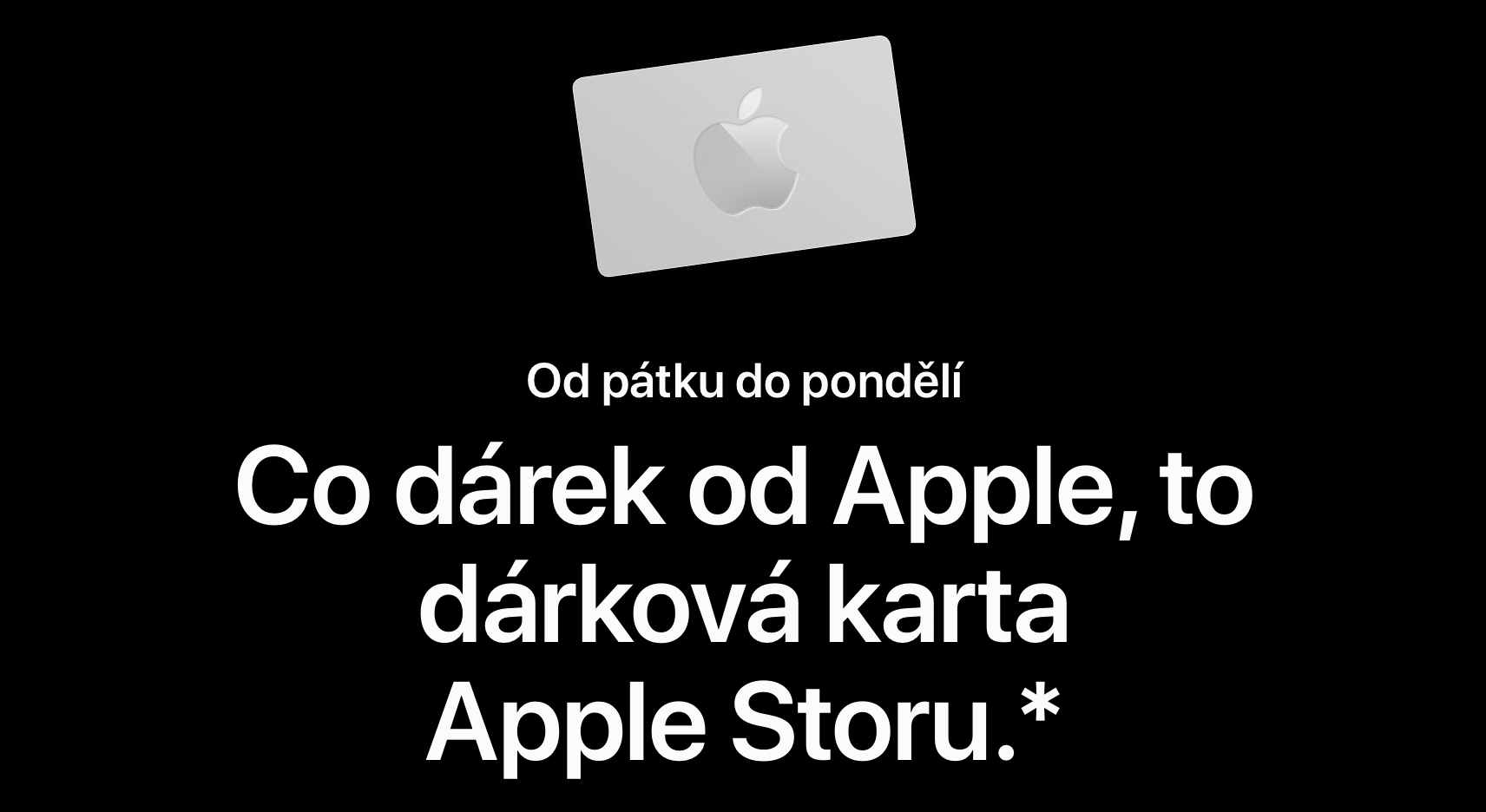
Now you have a great opportunity to buy, for example, iPhone SE (2020), 11 and XR, Apple Watch Series 3, AirPods and AirPods Pro headphones, iPad Pro and iPad mini, 21″ iMac or 16″ MacBook Pro, Apple TV HD and 4K and various Beats headphones. Of course, you can also count on free delivery and, for example, get ready for Christmas this year. This goes hand in hand with the possibility of free engraving, which will make the gift itself completely unique. And if you encounter various problems during the purchase, you can always contact a trained specialist who will be happy to help you with the selection and the purchase itself.
The Touch Bar in the MacBook could receive support for Force Touch
The Apple company first showed off Force Touch technology with its Apple Watch. The watch was thus able to recognize the strength of the user and, thanks to this, for example, call up a contextual menu. We saw a similar gadget in 2015 with the iPhone 6S, which Apple called 3D Touch. Thanks to this, even this year, Force Touch made its way into the trackpads of Apple laptops themselves. But as it seems, this technology no longer makes sense for Apple. The watchOS 7 operating system removed Force Touch from the watch, and Apple phones do not offer 11D Touch from the iPhone 3 version, because it was replaced by the so-called Haptic Touch, where instead of pressing harder, you just need to hold your finger in a given place for a longer time.
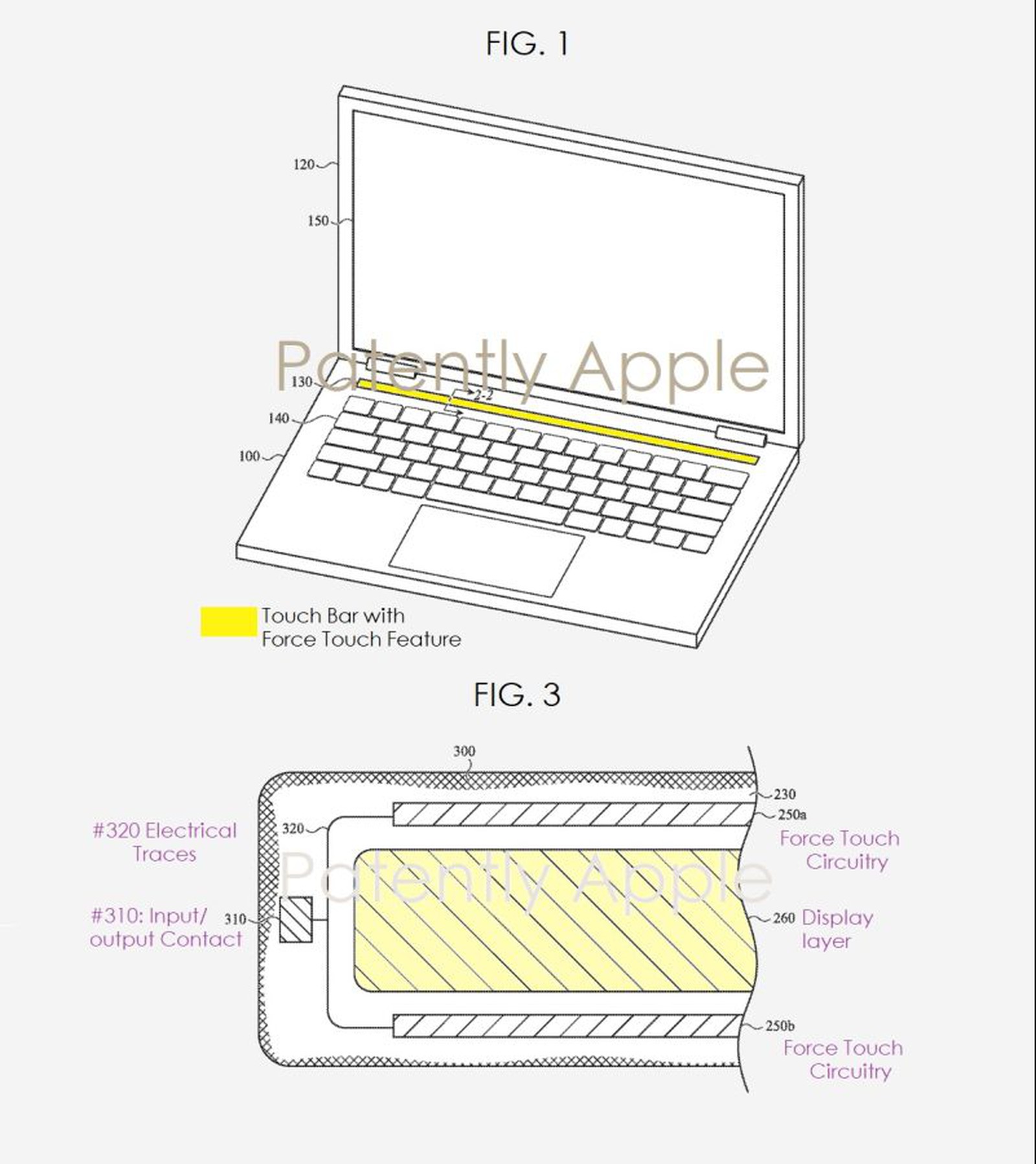
Magazine PatentlyApple, who specializes in searching for so-called apple patents, has now discovered a very interesting one publication. To a certain extent, it plays with the return of the mentioned technology, but places it in a place where we have not seen it before. Force Touch could find its way into the Touch Bar of the MacBook Pro, where it would undoubtedly expand the capabilities of this element. It seems that we will ever see something like this, but for now, of course, it is unclear. The Californian giant issues individual patents like on a treadmill, with most of them never seeing the light of day. How would you like this news?
It could be interest you

